The Railway Museum is one of the most outstanding examples of industrial architecture in Madrid. It is located in the old Estación de Delicias which was inaugurated in 1880 and was turned into a museum in 1984. Undoubtedly, this is a must-visit while being in Madrid as there we will learn about the history of our railway transport as well as going back in time and seeing how our ancestors travelled. It is really thrilling to stroll along the old Estación de Delicias and to delight in seeing the perfectly preserved trains there.
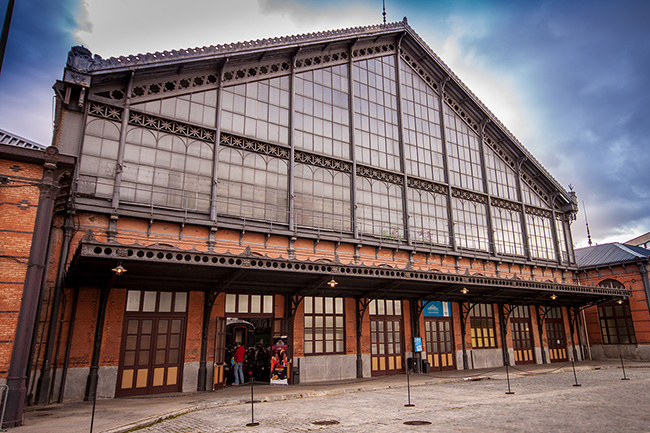
Once more, we realize how important it is to value the architectural spaces of the cities as they not only help us remember our history but they also revitalize them and provide meeting places for the citizens. In this blog, our last article in the section of Places with a lot of History, we wrote on Teatro Calderón. Today, we will tell you about the old Estación de Delicias and we will visit the Railway Museum. Please join us in this exciting trip!
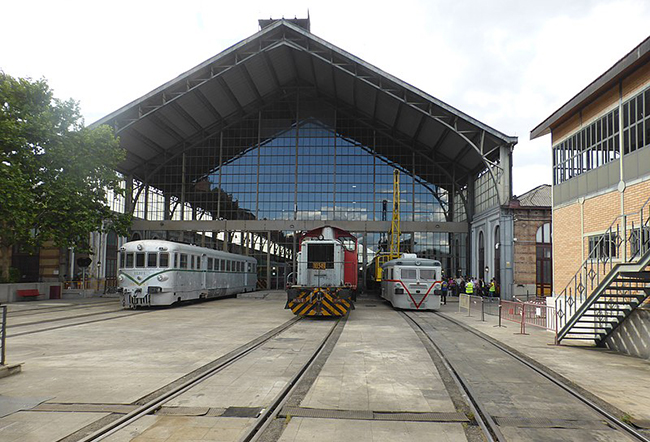
A MUSEUM SHOWING THE EVOLUTION OF THE TRAIN
The museum building itself is stunning, being the first metal structure railway station that was built in Madrid. The French engineer Émile Cahelièvre had it built in eleven months. We must highlight the enormous canopy which protected the travellers from the cold and which had been set up in an open space so that the locomotive smoke could circulate and not harm the travellers that were waiting on the platform.
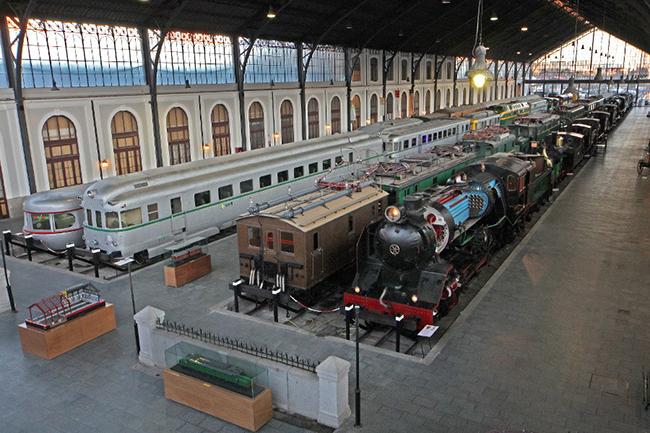
Inside the museum, there are different train collections distributed in various halls but prevailing over all are the steam engines.
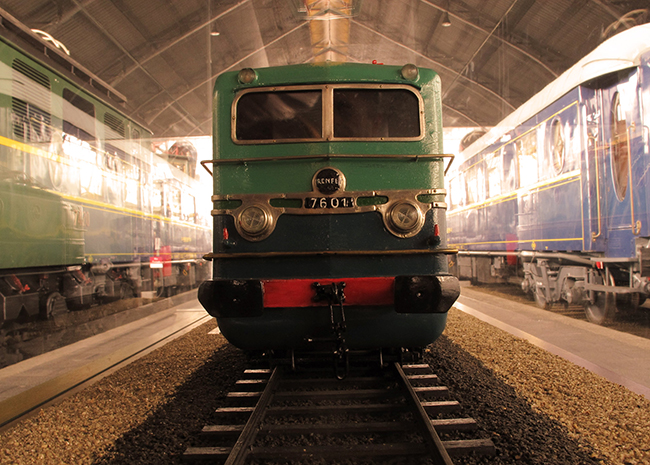
The engines that are displayed were built between 1848 and 1975. The central nave is the most impressive of all because it is a monumental space with trains on display and thus making this visit an unforgettable experience.
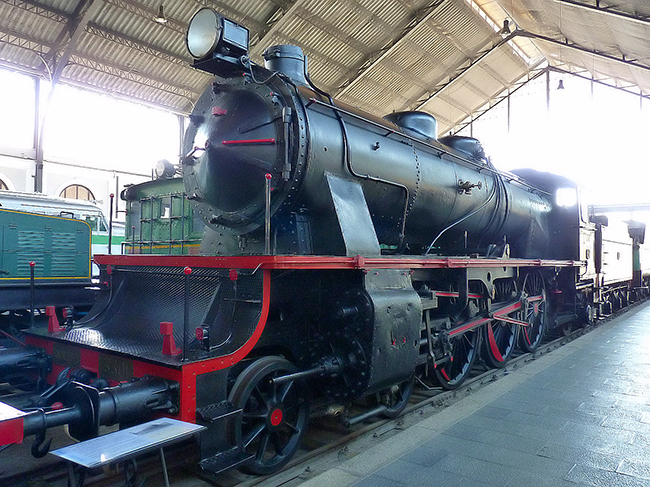
There, in different railroad tracks we can see the evolution of our engines throughout history (the most numerous being steam powered engines, as we have already mentioned, as well as electric and diesel traction motors).
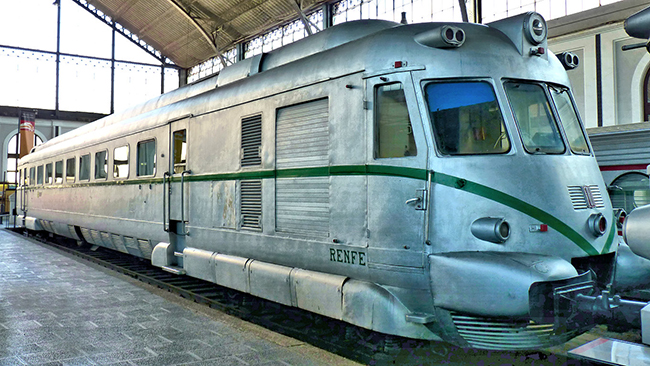
This museum shows a full collection of our historical railway materials that allows us to learn first-hand how a mode of transport, which became of paramount importance in the development of our country, evolved.
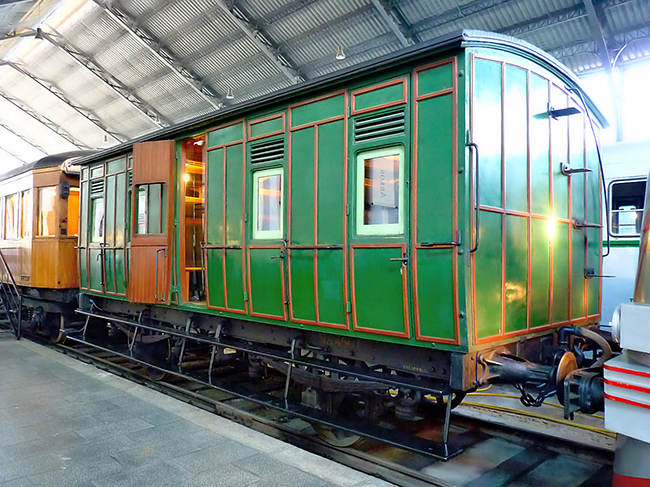
SOME OTHER HALLS
Apart from the central nave with its different railroad tracks, we can visit the Sala de los Relojes (the Clock Showroom), where we can see watchmaking materials that were used in the railway installations. We can also visit the Sala de Modelismo Ferroviario (Hall of Model Trains) where we admire small-scale models and miniatures of the period so that we can recreate in large scale how these engines worked. Furthermore, we can visit the Sala de Andaluces where the smallest steam engine in Spain is exhibited. The most recently created Sala de Infraestructura (the Infrastructure Hall), shows signalling and communication elements that were used by the workers.
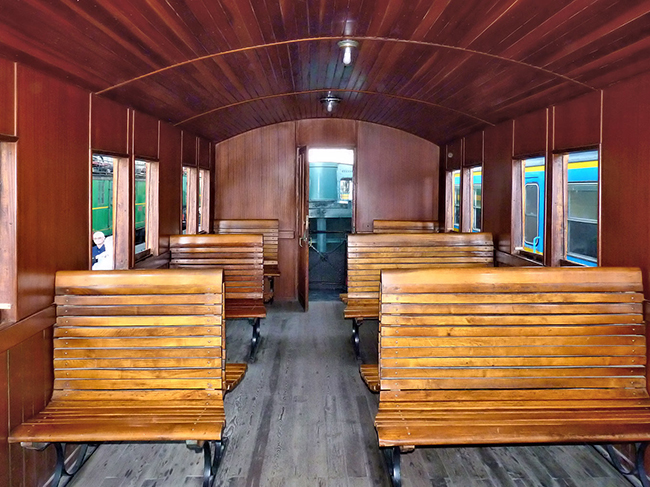
DID YOU KNOW THAT…?
Once a month, the Museo del Ferrocarril accommodates the Mercado de Motores and becomes a meeting point for more than 200 artists, designers and musicians who give life to one of the currently most visited places in Madrid. There you can dance, buy art, clothes and antiques as well as tasting delicious snacks. You can look it up on its website.
Picture 01: Barcex
Picture 02: Carlos Teixidor Cadenas
Picture 03: Fundación de los Ferrocarriles Españoles
Picture 04: Jacinta Lluch Valero
Pictures 05, 06, 07 and 08: Juan Enrique Gilardi


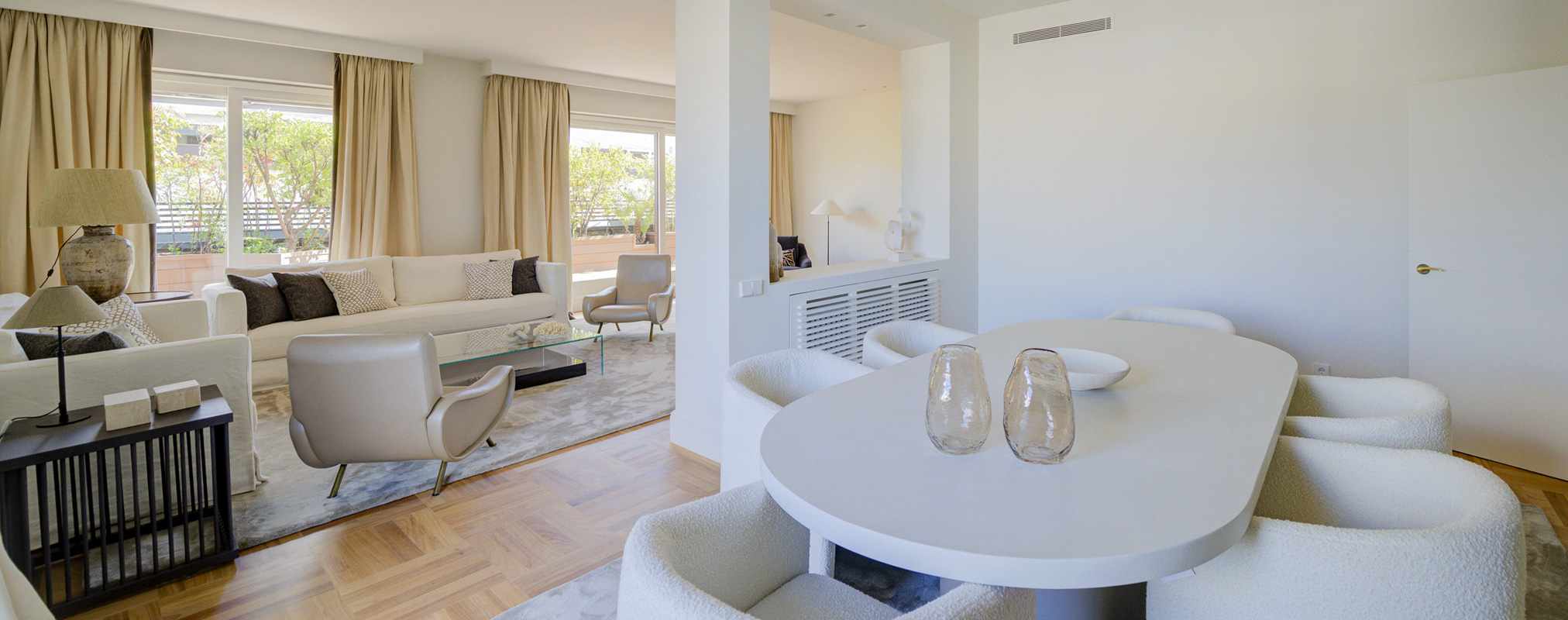
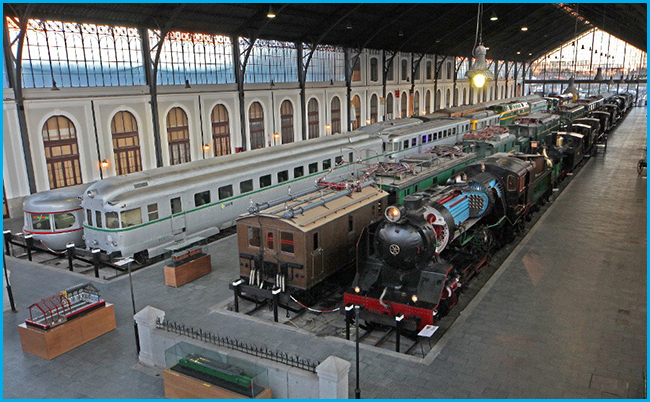
 Spanish
Spanish English
English